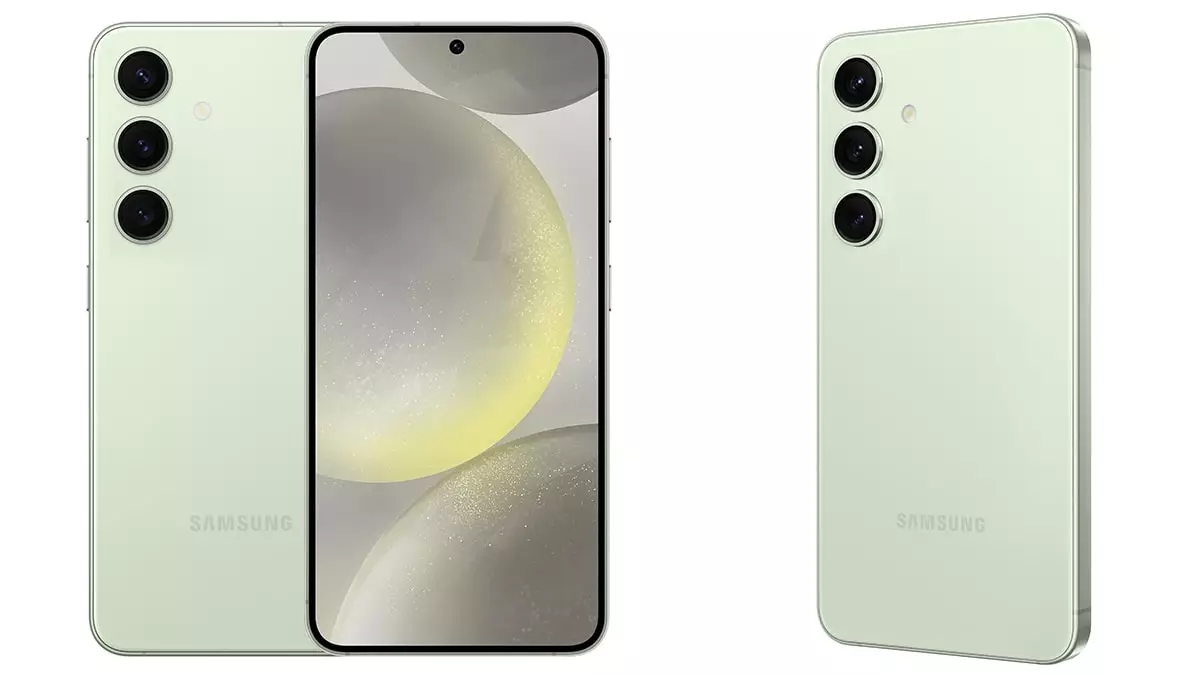The smartphone market continues to evolve as manufacturers strive to offer innovative designs and enhanced user experiences. Notably, Apple and Samsung, two giants in the technology industry, are reportedly gearing up to introduce “slim” versions of their flagship devices. The anticipated iPhone 17 Slim—also referred to as iPhone 17 Air—and Samsung’s Galaxy S25 Slim are poised to make significant waves in the competitive landscape. This article discusses the implications of these potential releases and the strategies that both companies may adopt.
Recent reports indicate that Apple may transition to an even sleeker form factor with its iPhone 17 Slim, which is expected to launch in the latter half of 2025. The company has a history of redesigning its iPhone lineup to maintain consumer interest, and the introduction of a thinner model could appeal to users eager for portability without sacrificing performance. While there is uncertainty surrounding whether this new offering will replace the existing Plus model, the prospect of a lightweight iPhone variant can draw in customers who prioritize aesthetics and convenience.
Similarly, Samsung is exploring the release of a Galaxy S25 Slim model as part of its Galaxy S lineup. According to a South Korean publication, this slim version would arrive as a follow-up to the standard Galaxy S25 series and could be launched in limited quantities. Samsung has built its reputation on producing diverse models—standard, Plus, and Ultra variants—enhancing consumer choice. However, the potential shift to a slimmer design could signify a pivotal change in their design philosophy, allowing them to remain competitive against rising market trends.
Both Apple and Samsung’s venture into slimmer devices seems to be a calculated move to meet consumer demands for devices that are not only powerful but also easy to carry. As mobile technology progresses, thinness has become an increasingly desirable aesthetic, especially among younger consumers. Apple’s iPhone 17 Slim is poised to rival Samsung’s Galaxy S25 Slim, creating a compelling choice for users split between two industry-leading brands.
Samsung’s decision to launch the Galaxy S25 Slim in limited numbers suggests that they are gauging market interest. Should the consumer response be favorable, it might influence future releases, including the expected Galaxy S26 series set for 2026. This strategic testing approach may allow Samsung to tailor its offerings based on real consumer feedback, an intelligent way to navigate the turbulent tech landscape.
With Apple and Samsung potentially introducing slimmer smartphone models in the near future, the market could be on the brink of a significant transformation. As both companies prepare to unveil their respective slim models, tech enthusiasts and casual consumers alike are left anticipating how these innovations will reshape consumer expectations for future devices. Whether the thinner designs come with enhanced functionality or remain purely aesthetic remains to be seen, but one thing is clear: both manufacturers must work harder than ever to differentiate their offerings in an increasingly competitive market.

